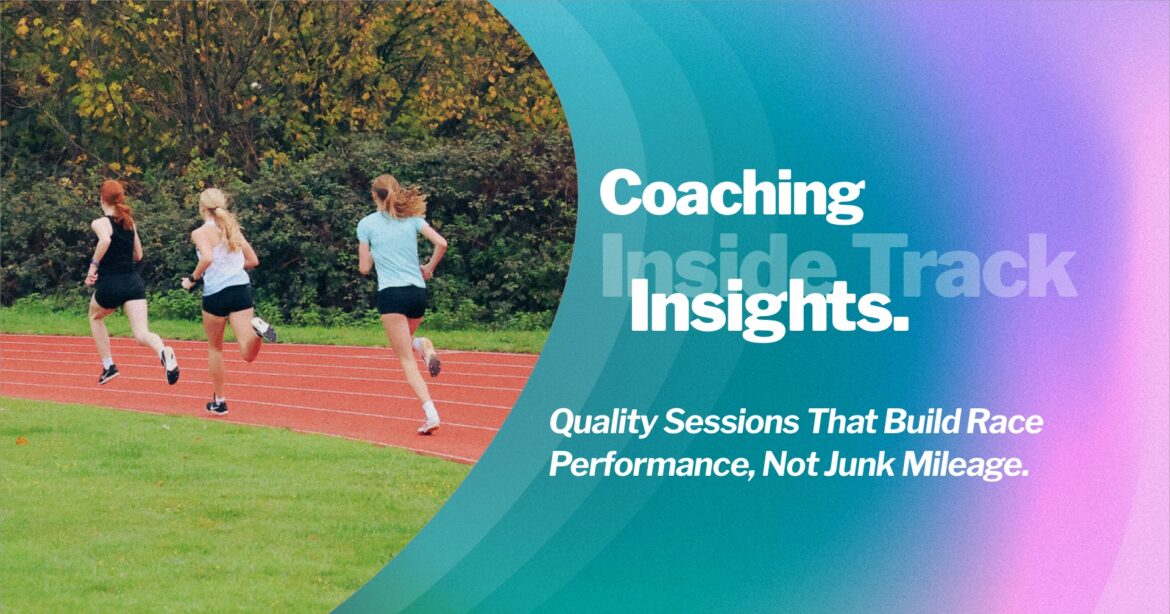Story By Coach Bjorn Jansen
Training volume alone does not guarantee success on race day. Many athletes fall into the trap of accumulating miles without a clear purpose, believing that more is always better. However, proper progression comes from high-quality sessions that develop the necessary speed, endurance, and efficiency for competition. Junk mileage, running without intent or structure, can lead to fatigue, injury, and limited improvements. Instead, an innovative approach to training ensures that every session moves an athlete closer to peak performance.
The Pitfalls of Junk Mileage
Junk mileage refers to running simply to reach a weekly distance target instead of prioritising performance-driven sessions. While developing an aerobic base remains essential, excessive or unstructured mileage weakens training effectiveness. Sacrificing quality for quantity leads to several issues:
- Increased risk of overuse injuries due to repetitive strain
- Poor recovery, leading to fatigue and reduced performance in key sessions
- Lack of specificity, meaning sessions do not prepare the body for race-day demands
- Mental burnout from running without a clear objective
Every session should serve a defined purpose for sprinters and middle-distance runners. Structured training with variation is essential for improving race pace efficiency, developing top-end speed, or enhancing aerobic power.
Prioritising Quality Over Quantity to avoid Junk Mileage
Focusing on quality sessions keeps overall training volume effective rather than simply reducing it. Each session must serve a clear purpose, aligning with the demands of the competition. A well-balanced programme combines intensity, recovery, and specificity to maximise performance.
For sprinters, this could involve:
- Acceleration and maximum velocity sprints to develop explosive power
- Speed endurance runs to maintain sprinting efficiency over race distances
- Strength and mobility sessions to reinforce mechanics and reduce injury risk
For middle-distance runners, an innovative training plan might include:
- Threshold and tempo workouts to improve aerobic capacity
- Interval training to develop both speed and endurance
- Technical drills to enhance running efficiency and economy
Incorporating variety in training keeps athletes engaged, reduces injury risk, and ensures continuous improvement.
Recovery and Adaptation
One key benefit of prioritising quality over quantity is improved recovery. High-intensity sessions require adequate rest to allow the body to adapt and grow stronger. Training can become counterproductive without sufficient recovery, leading to stagnation or injury.
A well-structured plan will balance high-quality work with lighter sessions or complete rest days to maximise performance gains. The athlete complements complete adaptation, sprint sessions, strength work, and tempo runs with easy or active recovery days.
Training with Purpose
Every session should have a clear goal, whether improving speed, endurance, efficiency, or race execution. By training with intent, athletes develop the skills and physical attributes needed to compete at their best.
At SpeedPro, we emphasise innovative training that leads to actual results. Athletes can maximise their potential, stay injury-free, and perform when it matters most by focusing on quality sessions rather than mindless mileage. Train with purpose, run with intent, and watch your performances improve.




